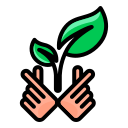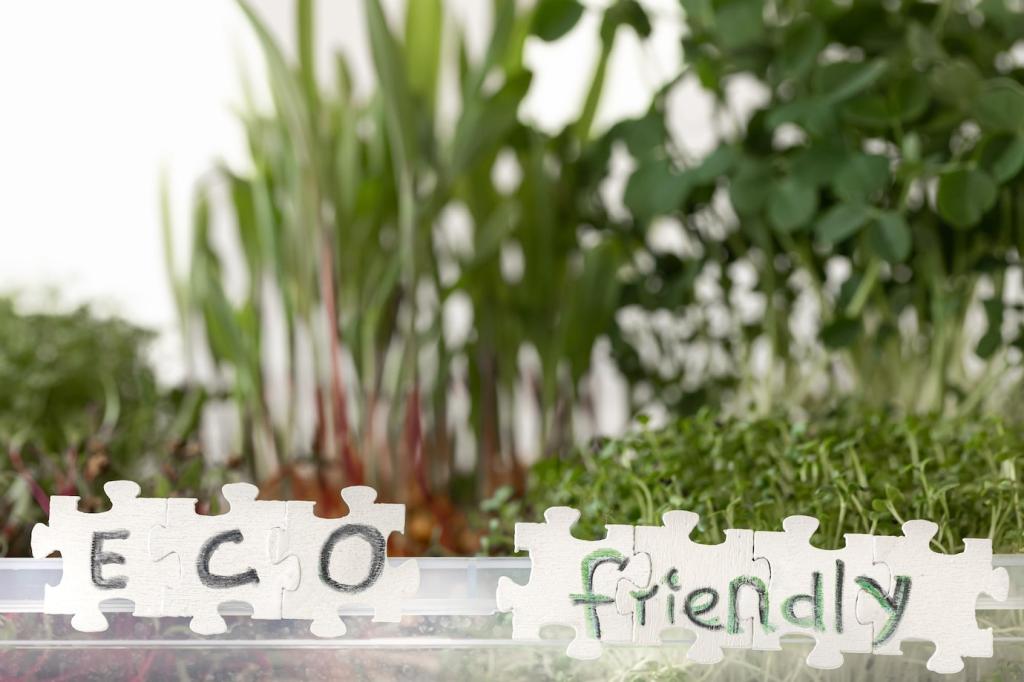Care by Material: Wood, Upholstery, and Metal
Keep wood away from direct heat and harsh sunlight. Use a pH-neutral cleaner and a thin coat of beeswax or plant-based oil, buffing gently. Manage humidity to prevent swelling, shrinking, and costly structural splits.
Care by Material: Wood, Upholstery, and Metal
Vacuum seams to remove abrasive dust. Rotate cushions to even out wear. Spot-clean spills immediately with appropriate fabric care, then dry thoroughly. These actions prevent odors, sagging, and premature foam replacement, significantly reducing disposal.
Care by Material: Wood, Upholstery, and Metal
Wipe condensation, treat scuffs early, and apply light anti-corrosion oil on exposed steel. Add felt pads to protect floors and stabilize frames. Regular bolt inspections prevent stress fractures that force expensive or wasteful replacements.
Care by Material: Wood, Upholstery, and Metal
Lorem ipsum dolor sit amet, consectetur adipiscing elit. Ut elit tellus, luctus nec ullamcorper mattis, pulvinar dapibus leo.





